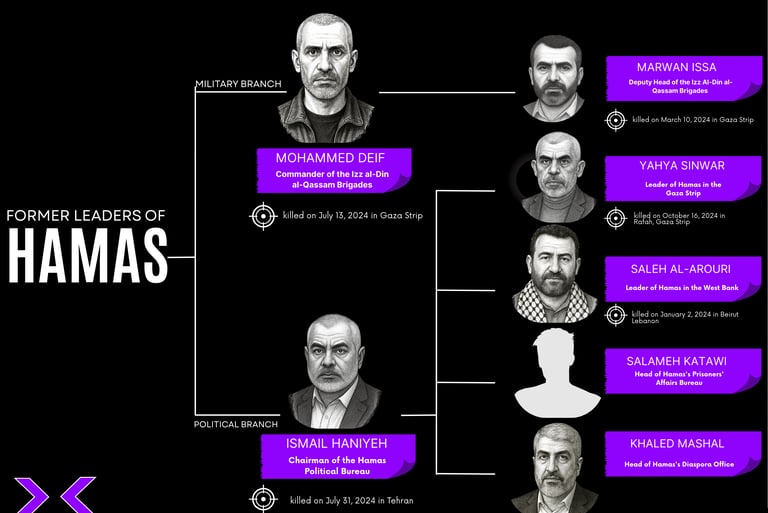Yahya Sinwar
From Israeli Prisons to Gaza’s Leadership: Portrait of a Hamas Commander
8/1/20254 min read
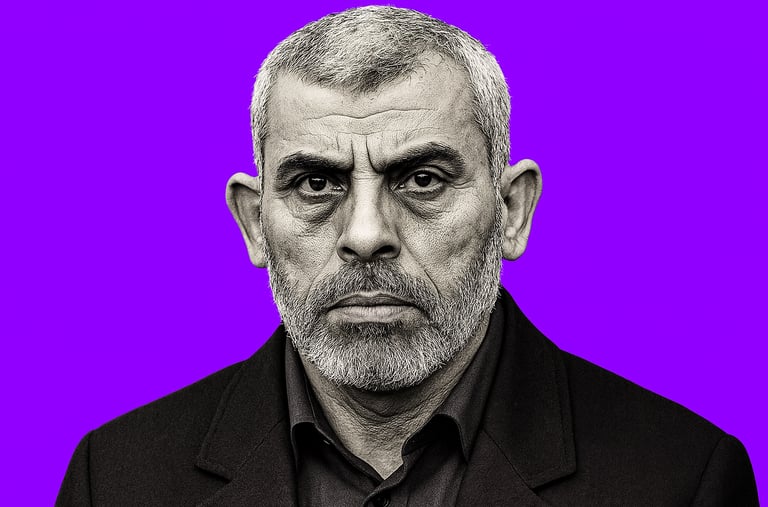

A Childhood in Khan Younis
Yahya Sinwar was born in 1962 in Khan Younis, a poor refugee camp in the Gaza Strip. The camp was initially under Egyptian administration and, after the 1967 Six-Day War, under Israeli occupation. His family had been displaced from their village during the Nakba in 1948 and was deeply rooted in the Palestinian resistance. From an early age, Yahya witnessed daily violence and restrictions imposed on Palestinians. This environment shaped his future.
“I am a man whose life has been woven between fire and ashes. I understood very early that life under occupation is nothing more than a permanent prison.”
From a will attributed to Yahya Sinwar, 2024
Political and Military Engagement
Following the 1979 Islamic Revolution in Iran and the influence of Egypt’s Muslim Brotherhood, political Islam began to take hold in Gaza. Sinwar studied Arabic literature at the Islamic University and became active in the Islamic Center, an organization founded by charismatic cleric Sheikh Ahmed Yassin. Sinwar was arrested twice by Israel for subversive activity in 1982 and 1985.
On December 9, 1987, the First Intifada broke out in Gaza. Sheikh Yassin founded Hamas, and Sinwar co-founded Al-Majd, a militia aimed at eliminating Palestinians suspected of collaborating with the Israeli occupation. This group later evolved into Hamas’s security service and eventually its military wing. These actions earned Sinwar the nickname “Butcher of Khan Younis” from Israelis.
In 1988, he was arrested again and sentenced to four life terms for his involvement in the killing of two Israeli soldiers. During his 22 years in prison, he learned Hebrew and promoted his political ideology among other detainees, becoming a prominent inmate leader.
“My will is that you remain faithful to the blood of the martyrs. They paved the road to freedom with their blood—do not waste those sacrifices in political games or diplomatic maneuvers.”
From a will attributed to Yahya Sinwar, 2024
Release and Rise to Power
Sinwar was released in 2011 as part of a prisoner exchange in which 1,026 Palestinians were freed in return for Israeli soldier Gilad Shalit. He returned to Gaza as a hero. He quickly rose through the Hamas ranks and became a central figure. In 2017, he was appointed head of Hamas in Gaza, succeeding Ismail Haniyeh, and took the reins of an organization facing economic blockade, repeated armed conflicts, and internal divisions with the Palestinian Authority under Mahmoud Abbas.
He helped draft Hamas’s new political charter in 2017, which acknowledged the possibility of a Palestinian state within the 1967 borders, without relinquishing the claim to all of historic Palestine. Sinwar also attempted to revive reconciliation efforts with Abbas's Fatah party, but negotiations remained unsuccessful.
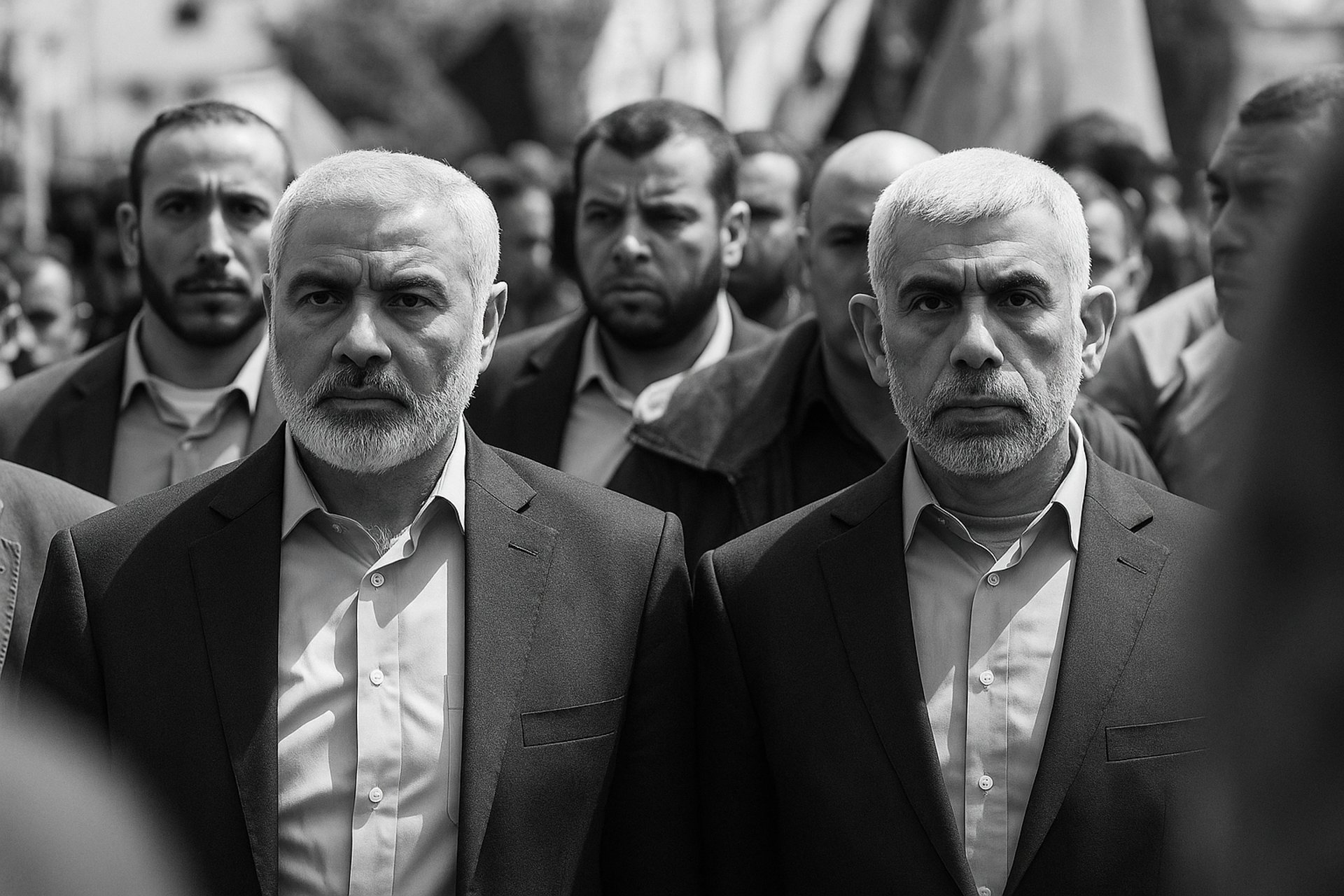

October 7, 2023, and Its Aftermath
On October 7, 2023, Hamas launched the “Al-Aqsa Flood” operation—a large-scale, coordinated attack on Israel. The assault was carried out by Hamas’s armed wing, the Izz al-Din al-Qassam Brigades, alongside other Palestinian militant groups, including Islamic Jihad and factions like the Al-Nasser Salah al-Deen Brigades. Between 3,000 and 6,000 fighters entered Israeli territory by land, air (via motorized paragliders), and sea, breaching the security fence around Gaza at several points.
One of the deadliest sites was the Nova (Supernova) music festival near Kibbutz Re'im, where at least 364 civilians were killed, according to Israeli sources (Haaretz).
In total, 1,195 people were killed in Israel during the attack, including:
815 civilians
379 members of the security forces
Roughly 250 hostages were taken to Gaza, including children, women, foreign nationals, and Israeli soldiers. Some were held by other factions like Islamic Jihad.
In the immediate aftermath, Israeli authorities and intelligence services identified Yahya Sinwar as the primary architect of the operation. As a strategic and political leader within Hamas and closely tied to the Qassam Brigades, he was believed to have overseen the planning of the attack. According to multiple Israeli and Western sources, Sinwar was the key decision-maker behind the abduction of hostages to be used as leverage in future prisoner exchanges.
A Loud Death
Israeli officials had frequently claimed that Yahya Sinwar was hiding in Gaza’s underground tunnel network to avoid airstrikes. However, his death in October 2024 disproved those statements. Sinwar was located in Rafah. A viral video released by Israeli intelligence showed a drone flying above a building. Sinwar appeared on the first floor, attempting to ward off the drone with a stick. Minutes later, he was killed by a targeted airstrike.
In his final will, Sinwar revealed no details about the October 7 attack, but reaffirmed his unwavering commitment to armed resistance.
Yahya Sinwar and Ismail Haniyeh in the Gaza Strip, April 25, 2017. (Credit: Mahmud Hams/AFP)
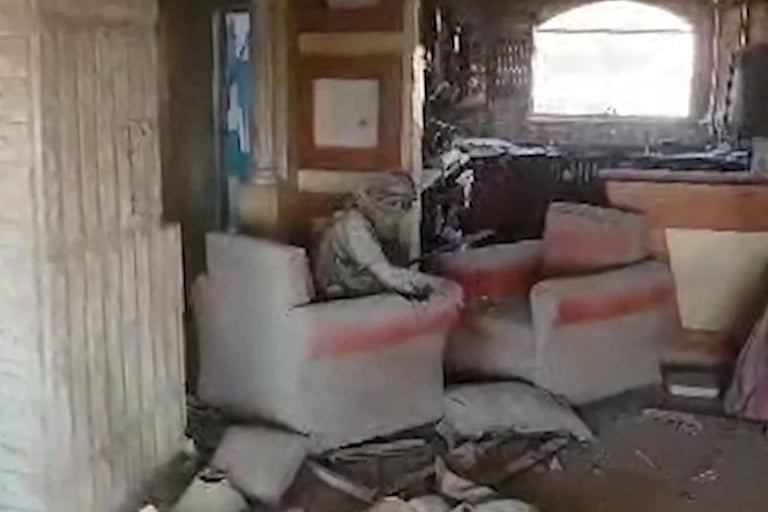

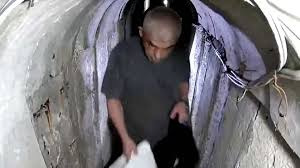

Footage from October 17, 2024, shows Yahya Sinwar on the first floor of a building in Rafah, throwing a stick at an Israeli drone shortly before being killed.
Earlier footage, taken before October 7, 2023, by a Mossad camera, shows Sinwar in Gaza’s underground tunnels.

